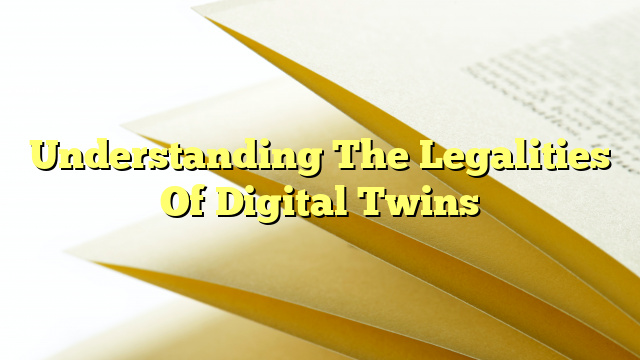Table of Contents
The Controversy with Digital Twins
Digital twins have emerged as a powerful tool in various industries, enabling companies to create virtual replicas of physical assets or systems. However, the use of digital twins has also raised several legal concerns.
One major controversy surrounding digital twins is the issue of data ownership and privacy. As digital twins collect and analyze vast amounts of data, questions arise about who owns this data and how it can be used. Additionally, the use of digital twins in sensitive industries, such as healthcare or defense, raises concerns about the security and confidentiality of the data.
Another controversy is the potential for intellectual property disputes. Digital twins often involve complex algorithms and models that may be subject to patent protection. Companies may find themselves in legal battles over the ownership and use of these algorithms, especially if multiple parties are involved in the development of a digital twin.
Key Requirements of a Digital Twin
To ensure the legal and ethical use of digital twins, certain key requirements must be met:
- Data Privacy: Companies must establish clear policies and procedures to protect the privacy of individuals whose data is collected and used in the digital twin.
- Data Security: Robust security measures should be in place to prevent unauthorized access or data breaches.
- Consent and Transparency: Individuals whose data is used in a digital twin should be informed and give their consent for its use. Transparency about the purpose and use of the digital twin is also essential.
- Intellectual Property Rights: Companies should carefully consider the intellectual property rights associated with the algorithms and models used in the digital twin. Clear agreements and licenses should be in place to avoid disputes.
Three Key Concepts of Digital Twins
Digital twins are built on three key concepts:
- Data Collection and Integration: Digital twins rely on the collection and integration of data from various sources, including sensors, IoT devices, and existing databases.
- Data Analytics and Modeling: The collected data is analyzed and used to create models and simulations that replicate the behavior and performance of the physical asset or system.
- Real-Time Monitoring and Control: Digital twins enable real-time monitoring and control of the physical asset or system, allowing for predictive maintenance, optimization, and decision-making.
The Patent for Digital Twins
In 2002, the concept of digital twins was patented by Dr. Michael Grieves. The patent describes the creation of a virtual representation of a physical object or system, allowing for analysis, simulation, and optimization.
Since then, the use of digital twins has expanded across industries, and companies are now exploring their legal implications and requirements to ensure responsible and ethical use.

